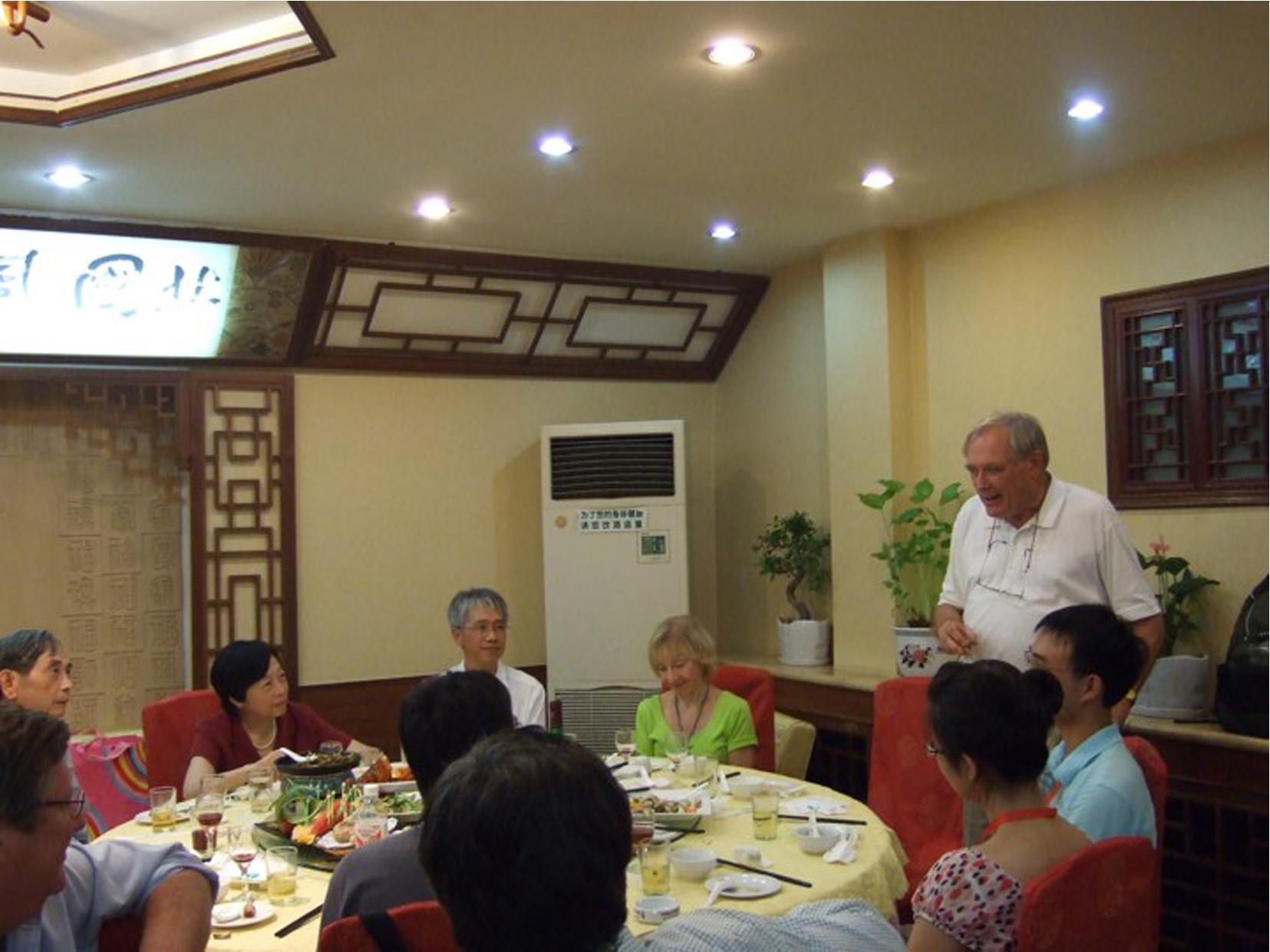John Marland Carpenter (1935–2020)
Fig. 1.
John M. Carpenter.

The international neutron scattering community lost one of its shining stars last year with the passing of Jack Carpenter, of Argonne National Lab. Jack was one of the major driving forces behind the development of spallation-driven neutron sources, starting with spearheading the Zing-P and IPNS sources at Argonne, in addition to concurrent collaborations with KENS at KEK, Japan, and continuing with major contributions to the SNS facility. Through his efforts in founding the International Collaboration of Advanced Neutron Sources (ICANS) and service on innumerable advisory committees, Jack’s fingerprints had an impact on most of the world’s pulsed neutron scattering facilities, from cold and very-cold neutron moderators to USANS instrumentation.
Jack grew up in Pennsylvania and received his Bachelor of Science degree in Engineering Science from Penn State in 1957. He went on to get his PhD in Nuclear Engineering from the University of Michigan and after a post doc just down the road at University’s Institute for Science and Technology returned to that same department as an Assistant Professor in 1964, rising to the rank of Full Professor at Michigan in 1973. Jack moved to Argonne National Lab in 1975 to develop the first-ever pulsed spallation neutron source for neutron scattering, and he remained based there for the rest of his career (although that career also included visiting appointments at most of the world’s premier neutron scattering facilities). He is survived by his wife Rhonda, children John M. Carpenter Jr. (Julia Heberle), Kathryn Carpenter, Janet Carpenter, Catherine Norden, Amy Norden (Scott Osborne), Adam Norden (Dana Norden), and eight grandchildren. He is also survived by innumerable scientific offspring who were mentored by the powerful combination of his kind manner, encyclopedic knowledge, and keen scientific insight. Aside from his passion for science, Jack had a great love of photography, cooking, traveling, and the great outdoors – from his fondness for his family lodge in the woods of Pennsylvania to planet Earth. One of his latest works (2017) was an exposition examining the prospect of
Among his many academic honors are the Clifford Shull Prize from the Neutron Scattering Society of America and the Ilya Frank Prize from JINR in Dubna, Russia. He was elected to be a fellow of the American Nuclear Society, the American Physical Society, the American Academy for the Advancement of Science, and the Neutron Scattering Society of America. He authored over 180 papers and technical reports and in 2016 completed a book on neutron scattering, “Elements of Slow-Neutron Scattering: Basics, Technique, and Applications”, with Chun Loong and lots of editing help and encouragement from Rhonda.
Fig. 2.
Jack Carpenter addresses the attendees at the conference dinner in Beijing during the first meeting of the Union of Compact Accelerator-driven Neutron sources. Sitting next to him are his wife Rhonda and his long-time collaborator Chun Loong.

Growing from his participation in technical reviews of the Compact Pulsed Hadron Source (CPHS) at Tsinghua University, Jack was instrumental in the establishment of the Union of Compact Accelerator-driven Neutron Sources (UCANS), the 9th meeting of which is presented in this volume. UCANS was born in a hotel restaurant in Kloten, Switzerland, near the Zurich airport, a day after the close of the 19th ICANS meeting. Those gathered had just completed a technical review of the CPHS project at Tsinghua University, and over dinner it was suggested that a number of such projects were underway, and perhaps they could learn from each other’s experience. Jack was instrumental in forming the idea of a formal collaborative organization to help foster the exchange of technical and scientific information among the various projects to build pulsed neutron facilities around small accelerators across the globe. He gladly brought his experience developing ICANS to the task of drawing up a plan for the new organization and served as its spokesperson from its inception to the time of his passing. He and his wife Rhonda attended all of the first eight meetings of the organization, with Jack sitting in the front row and asking thoughtful and inspiring questions with great regularity. He will be sorely missed by all who knew him, and his impact will continue for many decades as new generations of scientist continue to build and use pulsed neutron sources of all sizes and configurations.
David Baxter




